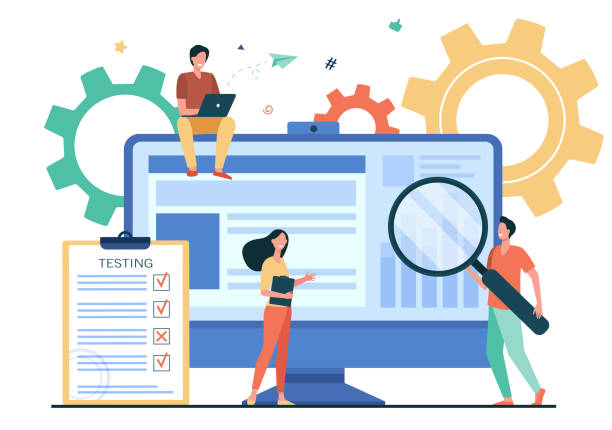Explore various experimental designs for in-depth research

Types of Experimental Design
The world of research is really big and complicated. There are lots of ways scientists try to figure out the secrets of our universe. At the heart of many of these research endeavors is the “types of experimental design.” These designs play a pivotal role in ensuring that research findings are not just accurate but also relevant. But what are these designs, and why are they so crucial?
Understanding Experimental Design: The Basics
Experimental design refers to the blueprint or plan that researchers employ to test hypotheses. This plan describes how we’ll do the experiment to make sure the results are good and can be applied to more people. An experiment’s success largely hinges on its design.
True Experimental Design: Controlling All Variables
True experimental design is considered the gold standard in research. In this setup, the researcher has complete control over all variables, ensuring that only the independent variable impacts the dependent one. It’s a fantastic way to determine causation but can be labour-intensive and challenging to execute in real-world scenarios.
Quasi-Experimental Design: The Real-World Approach
Sometimes, controlling every single variable isn’t feasible. That’s where quasi-experimental designs come into play. These are employed when random assignment isn’t possible. While they can’t establish causation as solidly as true experimental designs, they’re valuable in real-world settings where perfection isn’t achievable.
Pre-Experimental Design
When there’s limited time or resources, researchers might opt for a pre-experimental design. It’s a method to quickly find out preliminary results, but you need to know that this information might not be entirely correct or dependable.
Factorial Experimental Design: Tackling Multiple Factors
What if a researcher wants to study the impact of two or more independent variables simultaneously? The factorial experimental design is the answer. It’s a bit more complex but offers a multifaceted view of how different factors interact and influence the dependent variable.
Cross-Over Design: Swapping Treatments
Picture this: In a study, people get different treatments, one after the other. This is the essence of the cross-over design. It’s beneficial when studying the comparative effects of different treatments or interventions.
Repeated Measures Design: Observing Over Time
When scientists want to observe how people respond for a long time, they use a method where they repeatedly measure the same things. By repeatedly observing the same participants, they can glean insights into long-term effects and trends.
The Importance of Selecting the Right Design
Choosing the appropriate experimental design is not just about ensuring accurate results. It’s also about ethics, feasibility, and relevance. A poorly chosen design can lead to skewed results, wasting both time and resources. Conversely, the right design can open doors to groundbreaking discoveries.
Modern Challenges in Experimental Design
Like every field, experimental design faces challenges in today’s ever-evolving world. These range from technological advancements and their implications to ethical concerns and the replication crisis in science.
Future Trends: Where Is Experimental Design Headed?
With AI and machine learning on the rise, how will experimental design adapt? There’s a bright future ahead, with potential for more automated, precise, and innovative approaches to research.

FAQs
- What is the main purpose of experimental design?
The primary purpose of experimental design is to ensure that the results of an experiment are valid and can be generalised to broader populations.
- Why is controlling variables important in experimental design?
Controlling variables is crucial because it ensures that only the independent variable is impacting the dependent variable. This control helps in establishing causation.
- Is there a one-size-fits-all approach to experimental design?
No, the type of experimental design a researcher chooses largely depends on the nature of the study, available resources, and the specific questions they aim to answer.
- How do researchers choose between a true experimental design and a quasi-experimental design?
The choice usually hinges on the feasibility of controlling all variables. If it’s possible to control everything, a true experimental design is preferred. Otherwise, they might opt for a quasi-experimental design.
- Are there experimental designs suitable for long-term studies?
Yes, the repeated measures design is specifically tailored for long-term observations. Researchers can observe the same participants over extended periods to note trends and long-term effects.
- What are some challenges faced by modern experimental design?
Some challenges include technological implications, ethical concerns, and the replication crisis in the scientific community.
Conclusion
Knowing about the various ways scientists plan their experiments is super important if you’re getting into research. It doesn’t matter if you’re an experienced scientist or just someone starting out – understanding these methods can help you do better, be more honest, and groundbreaking research. Since science and tech are always changing, it’s crucial to keep learning and be open to new methodologies and approaches.
External Links/ Sources:
